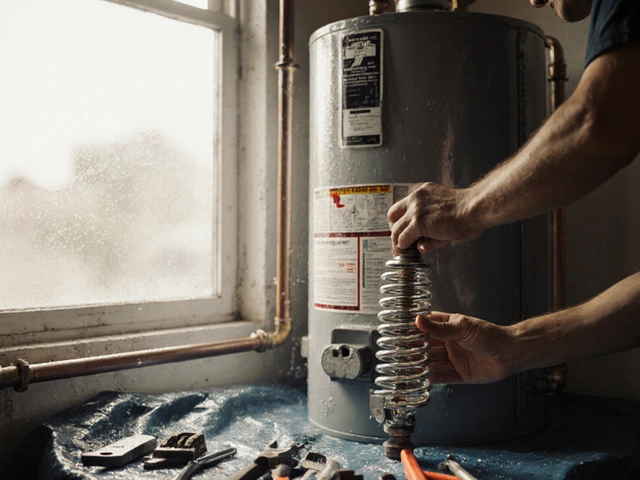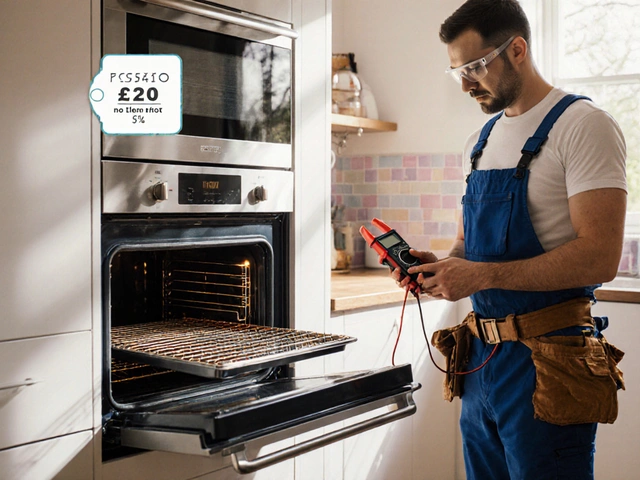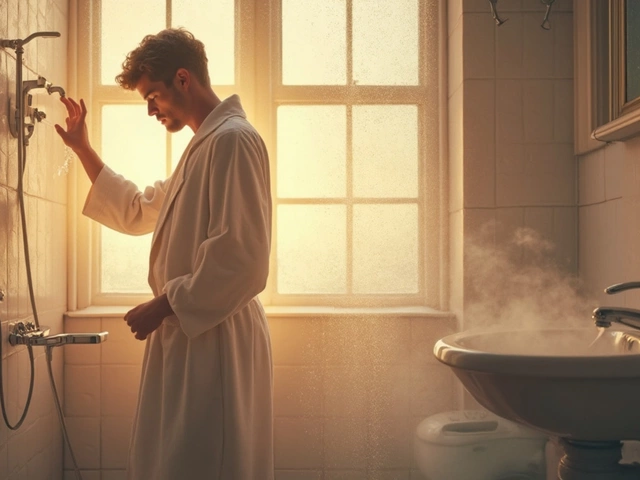How Long Does It Take to Fix a Hot Water Heater? Real Timelines from Auckland Plumbers
November 18 2025Plumbing Tips for Everyday Homeowners
Got a drip, a squeak, or a slow drain? You don’t need a pro for every little issue. With a few basic tools and the right know‑how, most plumbing annoyances can be handled in an hour or less. Below you’ll find straight‑forward advice that saves money and keeps the water flowing.
Quick Fixes for Common Problems
Leaky faucet. Turn off the shut‑off valve under the sink, then remove the faucet handle. Most leaks come from a worn washer – replace it and re‑assemble. Tighten any loose nuts but avoid over‑tightening, which can strip threads.
Clogged drain. Skip the harsh chemicals. Drop a cup of baking soda down the pipe, followed by a cup of white vinegar. Let it fizz for 15 minutes, then flush with hot water. For stubborn plugs, a plunger or a simple hand‑crank snake does the trick.
Running toilet. The flapper is the usual culprit. Open the tank, press down on the flapper to see if the water stops. If it does, replace the flapper with a new one that fits your model. Adjust the float arm if the tank still overfills.
Low water pressure. Check the aerator on your faucet – mineral buildup can choke flow. Unscrew it, soak in vinegar for 30 minutes, then rinse and reinstall. If several fixtures are affected, a whole‑house pressure regulator may need tweaking.
Preventative Maintenance to Save Money
Water heater care. Once a year, drain a few gallons from the tank to clear sediment. This improves efficiency and extends lifespan. While you’re there, test the temperature relief valve by lifting its lever; you should feel a quick burst of water.
Pipe insulation. In colder months, wrap exposed pipes in foam sleeves or electrical tape. This stops freezing, which often leads to costly bursts. Pay special attention to pipes under sinks and in crawl spaces.
Regular leak checks. Walk around with a dry towel and feel for damp spots on walls, ceilings, and floors. Look at the base of toilets and under appliances. Catching a small leak early avoids water damage and higher bills.
Shut‑off valve knowledge. Locate the main shut‑off and individual fixture valves. Turn each one on and off to make sure they work smoothly. If a valve sticks, replace the entire valve rather than trying to fix a stubborn stem.
These tips cover the most common plumbing headaches. The goal isn’t to turn everyone into a plumber, but to give you enough confidence to tackle simple fixes and keep problems from turning into emergencies. When a job feels beyond your comfort zone – like a major pipe replacement or a gas line issue – call a qualified professional. A quick call can save you from a bigger mess down the road.
Keep this page bookmarked. Whenever a leak pops up, you’ll have a clear, easy plan to get it sorted without stress.
 19 Feb
19 Feb
Why Is My Hot Water Hot in the Kitchen but Not in the Bathroom?
Experiencing hot water in the kitchen but cold water in the bathroom can be a headscratcher. This common issue stems from various factors such as water heater settings, pipe lengths, and potential blockages. Whether you’re dealing with sediment buildup or a temperamental mixing valve, understanding these causes is key to a solution. Learn practical tips and tricks to get consistent hot water throughout your home. Dive into our guide for some fascinating insights and handy DIY advice.
Read More... 18 Jan
18 Jan
Troubleshooting Cold Showers: Common Hot Water Problems and Solutions
Discover why your hot water might be running cold and how to fix it with our detailed article on common water heater problems. From thermostat issues to sediment build-up, learn about potential troubleshooting steps and maintenance tips. Keep your showers steaming with simple checks and DIY solutions. Gain insight into signs that professional help may be needed for efficient repair. Ensure continuous warmth by exploring preventative care routines.
Read More... 11 Dec
11 Dec
Signs You Need to Replace Your Hot Water Heater
A hot water heater is an essential appliance in any home, providing warm water for showers, cooking, and cleaning. However, these systems don't last forever, and knowing when to replace them is crucial to avoid inconvenience and potential damage. Common signs of a failing water heater include inconsistent water temperature, discolored water, strange noises, and leaks. Regular maintenance can extend the lifespan of your heater, but recognizing the right time for a replacement is key to maintaining comfort and efficiency in your home.
Read More...



